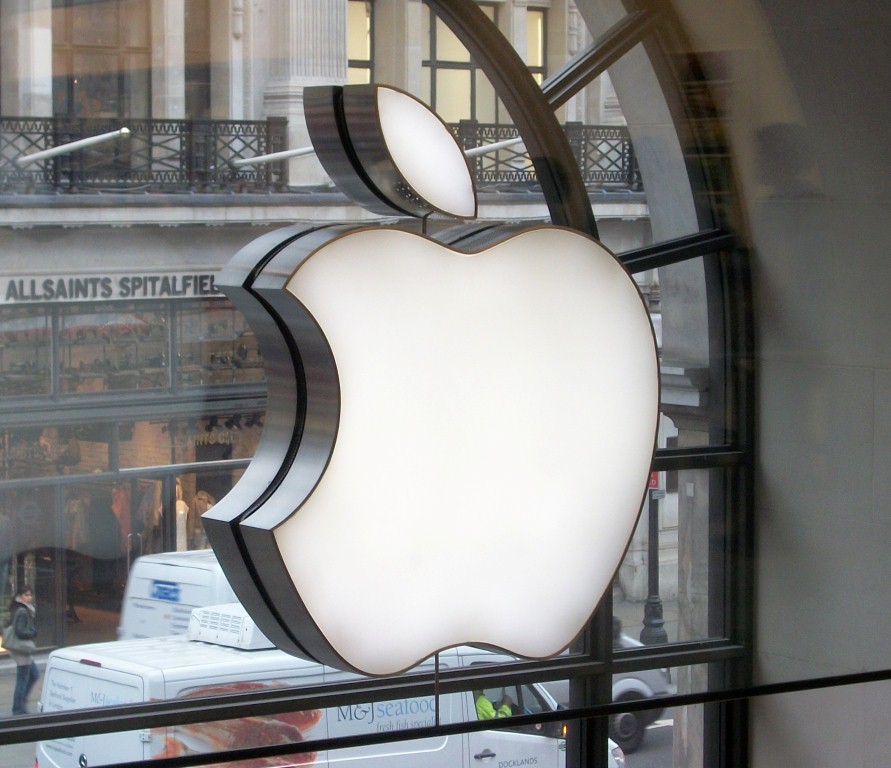

Apple is said to be working on iOS 7, the next version of the operating system software that runs its iPhone.
Devices running a pre-release build of iOS 7 visited AppleInsider on various days in December, the tech site reported 2 January. The day before, The Next Web blogged that it had been contacted by developers who said their logs showed visits from devices with new iPhone identifiers. The iPhone 5, for example, has iPhone5.1 and iPhone5.2 identifiers, depending on the Long Term Evolution (LTE) model of the device and which band it runs on.
The developers reported seeing an iPhone6.1 identifier.
“From the developer logs that we have seen, the app requests originate from an IP address on Apple’s Cupertino campus, suggesting that members of Apple’s software development and app teams are compatibly testing some of the more popular or well-know applications already on the App Store,” reported The Next Web.
Evidence that Apple was at work on iOS 6 surfaced around March 2012, AppleInsider pointed out, suggesting Apple may have a quicker timeframe planned for its next iPhone release as analysts have forecast.
While Apple introduced the iPhone 5 in September 2012, Apple’s reduced orders to its suppliers “indicate an earlier launch of new iPhone products in the June quarter,” Canaccord Genuity analyst T. Michael Walkley wrote in a December 2012 research note.
Walkley added that while the firm believes an earlier launch of the next iPhone is planned, it wasn’t unusual to see order reductions at that time of year.
Additionally, Walkley said the firm is expecting new iPhone 5 models.
“We believe Apple could launch a refreshed iPhone 5 along with a more mid-tiered priced competitive iPhone for pre-paid oriented international markets this summer,” he wrote.
In a 2 January research note, Piper Jaffray analyst Gene Munster opined about Apple’s more distant future, writing that the company will “eventually” introduce wearable products.
“We believe technology could progress to a point where consumers have a tablet plus wearable computers, like watches or glasses, that enable simple things like voice calls, texting, quick searches, navigation, etc., through voice control. Longer term,” wrote Munster, “screens in glasses or projectors could replace the necessity of a screen from a smartphone or tablet.”
Samsung-owned Samsung Display plans to show off a 5.5-inch flexible display at the Consumer Electronics Show later this month.
Nokia has also filed patents for a thin, flexible smartphone display that could take the shape of a wrist cuff or a tent (picture a place-setting card) that could sit on a desk, acting as a timepiece when not in use. The shape the device takes, explained the patents, would relay use information to the device. Unbending the device, for example, could serve as an instruction to answer a call.
Of course all of this is speculation, as Apple only reveals its work when an executive stands on a stage in a crowded room, before the gathered mass of journalists and analysts.
How closely have you been following the evolution of the iPhone? Take our quiz!
Originally published on eWeek.
Deliveries of Telsa's 'bulletproof' Cybertruck are reportedly on hold, amid user complaints side trims are…
New feature reportedly being developed by Apple for iOS 19, that will allow AirPods to…
Binance BNB token rises after WSJ report the Trump family is in talks to secure…
After failed Amazon deal, iRobot warns there is “substantial doubt about the Company's ability to…
Community Notes testing across Facebook, Instagram and Threads to begin next week in US, using…